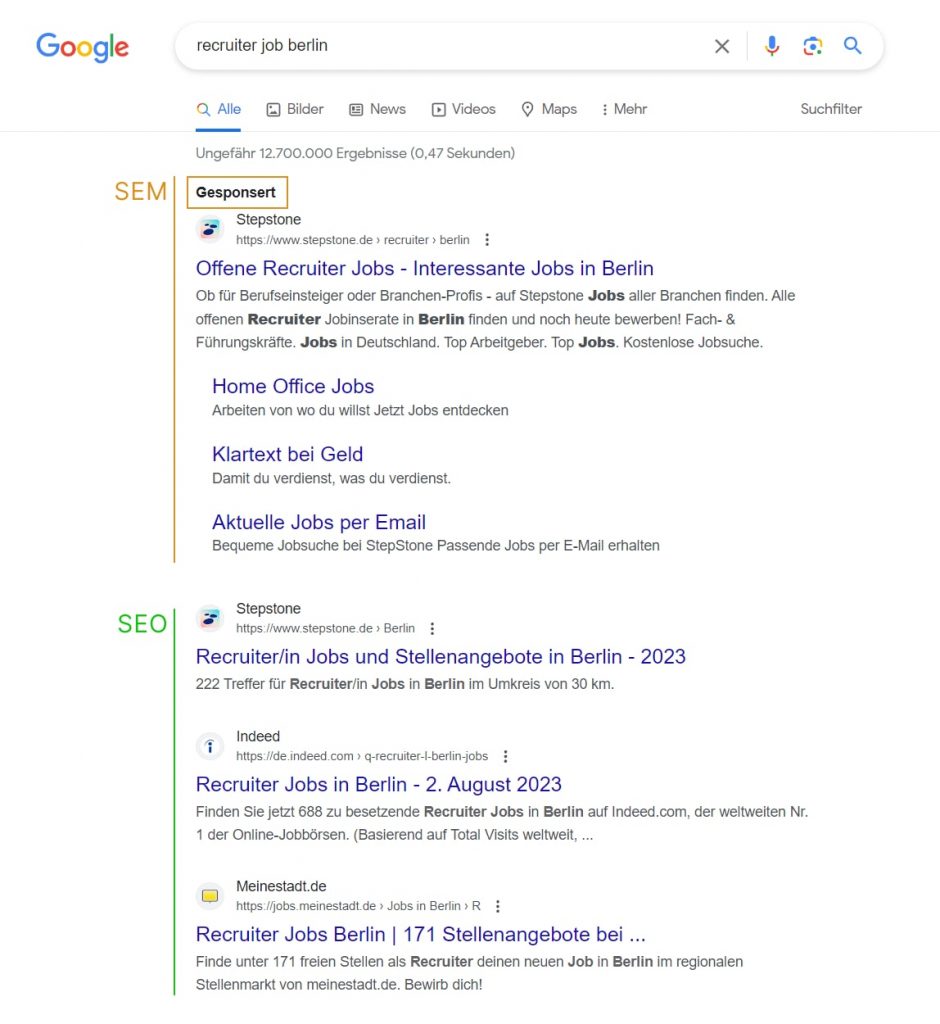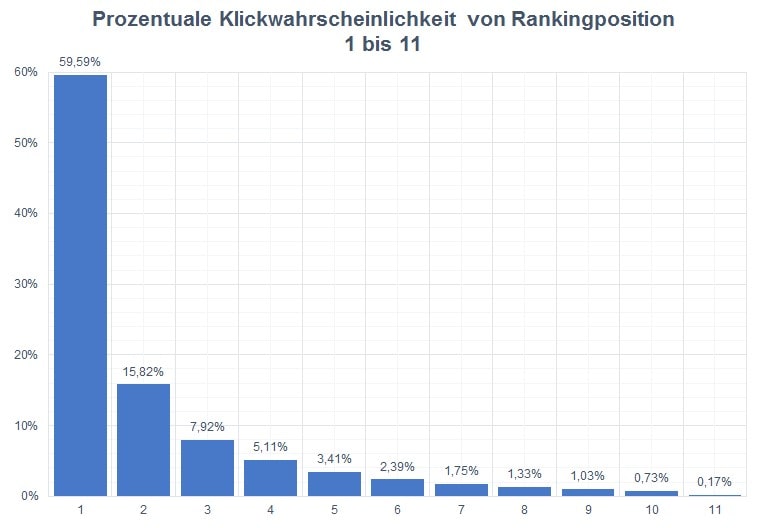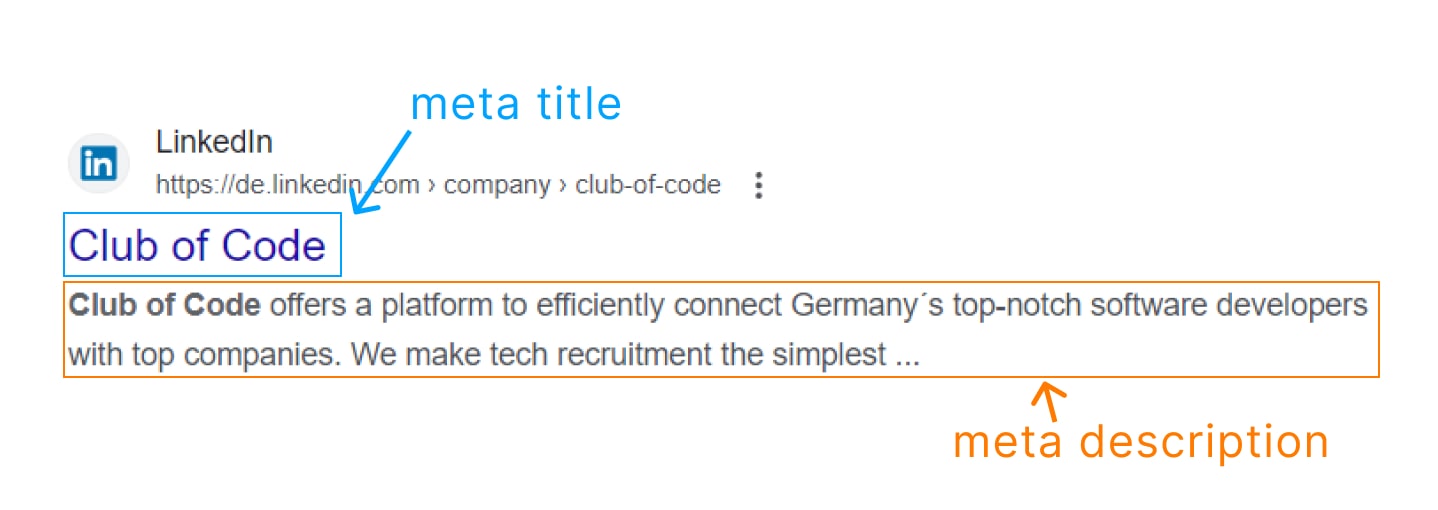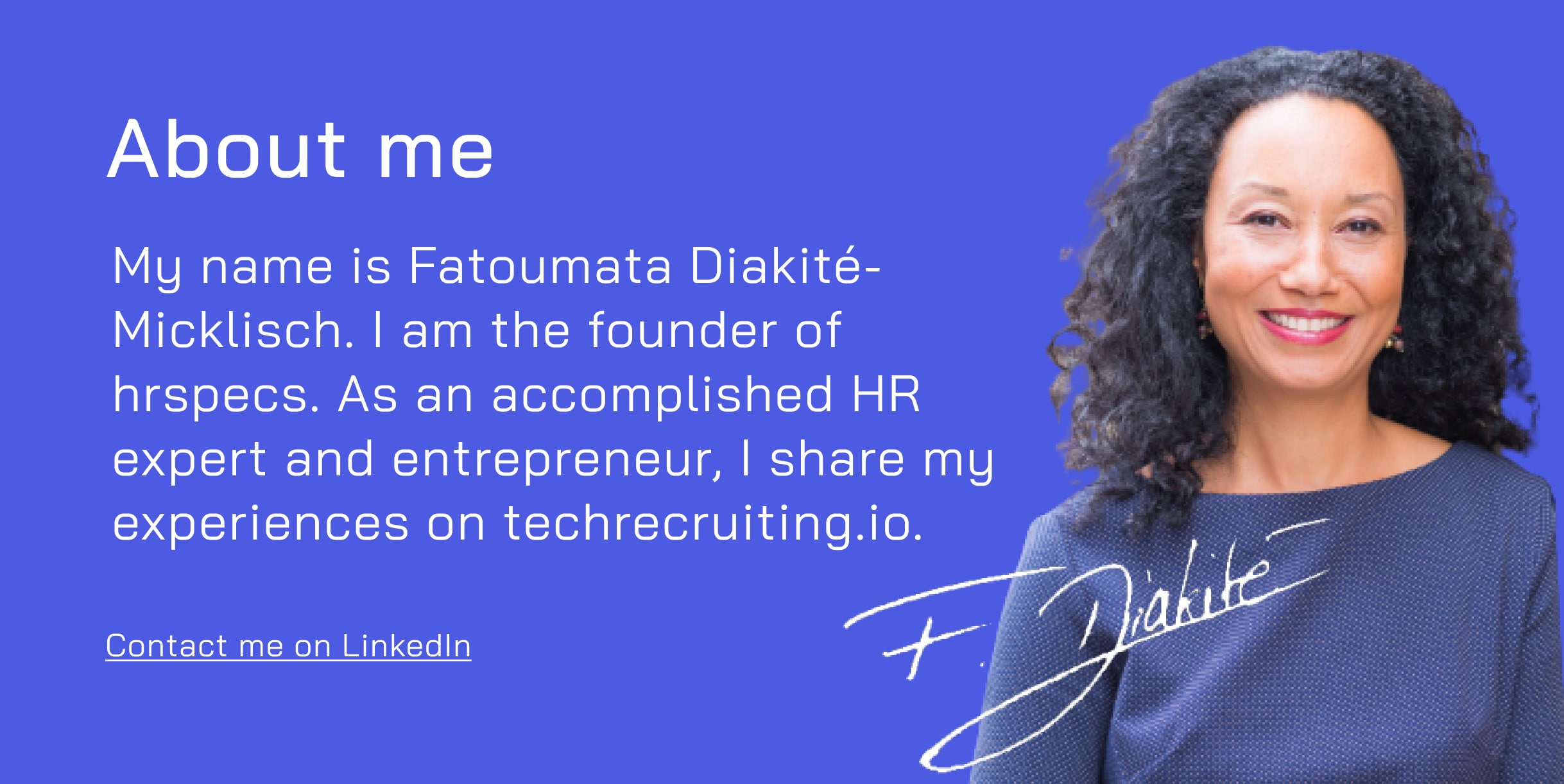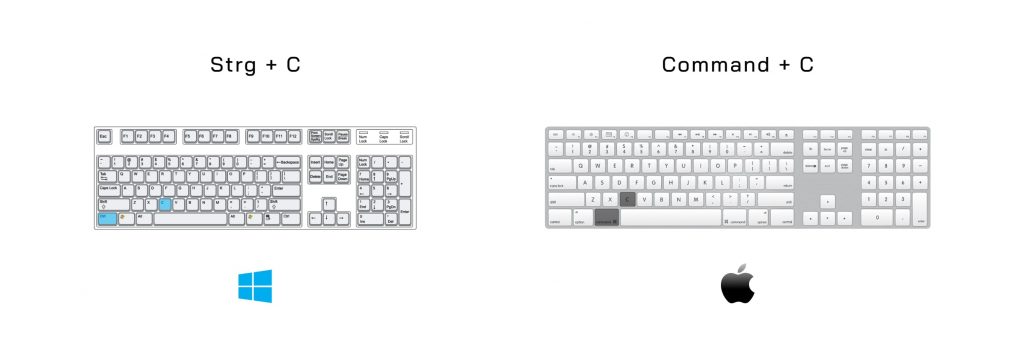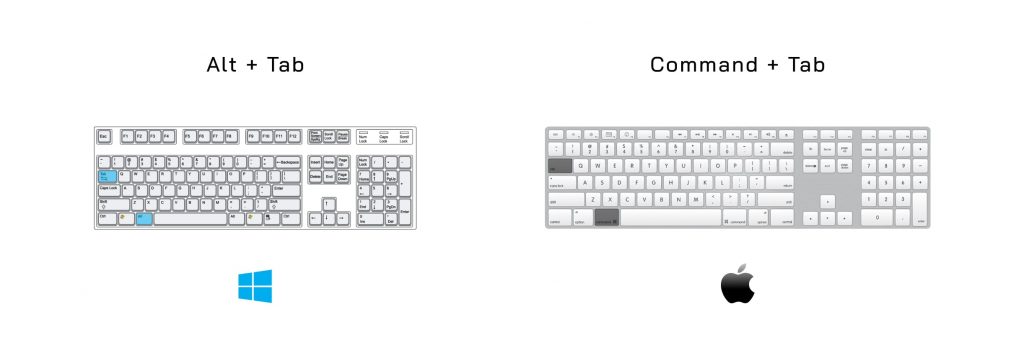Are you a hiring manager looking for new employees for your team and are now expected to work with your recruiter? You don't really know what to expect or what is expected of you? Then read this article.
Candidate persona: Who are you looking for?
The most important thing comes first: At the beginning, you need to be clear about who you are looking for (candidate persona). Even before any job title is considered or a job advertisement is written, this initial question is the all-important one and forms the foundation for your recruiting success. Because answering this question is not that easy.
Be aware of what the potential new employee is actually expected to do in your team. But also bear in mind what a person can realistically achieve in a given working week of around 40 hours. There are already a lot of job advertisements out there looking for a full-stack developer who can also do DevOps (and will certainly have to repair a printer or two). Do yourself, your recruiting success and the potential applicants a favor and stay realistic. You can ask yourself the following questions:
- Who exactly are you looking for?
- What are the absolute must-have criteria? (Limit these to 3)
- What is nice-to-have? What could you learn in the job itself or train afterwards?
- What is the prioritization within these criteria?
- How do you imagine the new team member? Is it a man or a woman? How old is he or she? Where is he or she from?
The last questions violate the General Equal Treatment Act (AGG), but are still important to get an accurate picture in mind. This picture is important to share with your recruiter who will support you in your search for the new team member. If they understand what you are looking for, you are already a big step closer to recruiting success.
However, it is important that you do not insist on the candidate persona. The 100% perfect candidate is rarely to be found. So keep your expectations realistic here too. With potential candidates, focus on what your counterpart brings to the table and not on what you think they lack.
Recruiting vs. active sourcing: know the difference
You and your recruiter have now understood who exactly you are looking for. This, in combination with the tasks that the potential employee is to perform, already results in the job advertisement. Pay attention to the legal provisions such as compliance with the AGG.
In the next step, your recruiter will generate reach for your job advertisement in order to distribute it to as many people as possible. They will use job boards such as Stepstone or Indeed for this purpose. This is classic recruiting, where companies wait for someone to apply. You can support your recruiter by sharing the job advertisement on social media, such as LinkedIn, or telling your friends and acquaintances about it.
But especially when recruiting tech talent, who can currently choose their workplace, additional recruiting measures are needed to find and convince good people. This is where the Active sourcing comes into play. Active sourcing is the active search for candidates. You have probably already received messages from recruiters via LinkedIn who wanted to persuade you to make the switch. In active sourcing, your recruiter will search for suitable profiles via LinkedIn or other platforms and contact them. Again, it's good that you've talked about the candidate persona and its criteria. You can also consider together whether it makes sense to contact the profiles found via your LinkedIn account. The closer the contact person is to the specialist area, the better. Potential employees would rather speak directly to the person or team member they are potentially working with than to a recruiter or (even worse) an external party such as a recruitment agency.
But why is the difference between recruiting and active sourcing so important?
The difference is important for you as a hiring manager to understand because the perspective is different in each case and therefore requires a separate process. In recruiting, the candidate applies to you. In active sourcing, you apply to the candidate. As a result, the interviews in the active sourcing process are not traditional job interviews, but rather an opportunity to get to know each other. Bear in mind that you are talking to someone who has been contacted by you, is in an existing employment relationship (without the need to change) and is listening to what other options are available during your conversation. This is a different situation to someone who is actively looking for a job.
Know and help shape the recruiting process
You therefore need to know and understand how candidates come to you. It would be pretty disastrous if your first question in the interview is "Why did you apply to us?" and the candidate can only reply that "You contacted me...". That's how quickly a potentially good candidate can drop out.
It is therefore important that you know where the candidate is coming from and are familiar with the recruiting process. How many interviews do you conduct? When do you come into play? And what can the candidate expect next? These are all questions you need to be able to answer. And the best way to achieve this is to help shape the recruiting process yourself. Simply ask yourself: What process would you like to go through as a candidate? What would be important to you?
Do you think it's okay if someone hasn't contacted you even 2 weeks after a conversation? Or if you don't get in touch at all? Ultimately, we humans are all the same. We have put in the effort in the form of an application, a job interview or a telephone interview and we want to know straight away what the outcome will be. And if we don't hear anything for weeks, it only hurts the reputation of the other person, in this case the company. Therefore, remain empathetic and offer a process that is fair and pleasant for everyone involved.
Sit down with your recruiter and agree on goals. How long should the process from initial contact to hiring take? When will candidates receive an acceptance or rejection (by when do you need to have made a decision)? Who all has to approve whether an offer is made?
Tech recruiting for hiring managers: 5 tips & tricks
Finally, I'll summarize 5 tips & tricks that will boost your recruiting success and allow you to relax a little during the process.
Tip 1Don't take too much time. Good candidates are quickly out of stock. So make recruiting your top priority for a short time with a clear focus.
Tip 2Exchange information with your recruiter 5 minutes before an interview so that you go into the interview on the same page.
Tip 3Schedule your meetings for 10 a.m. (e.g. 1:10 p.m.) so that you are on time, can coordinate for 5 minutes beforehand and go into the meeting as a unit (this makes a serious impression).
Tip 4Remain open to new recruiting ideas. How about a video message to candidates, for example?
Tip 5If you liked the conversation with a candidate, connect with him or her on LinkedIn. This shows positive momentum and you will stay in touch even after a rejection. Perhaps there will be a match at a later date.
Recruiting is not that difficult. Just stay down-to-earth, empathetic and open to your recruiter's input. Create processes that you would like to see yourself and get actively involved. Then you're hiring.
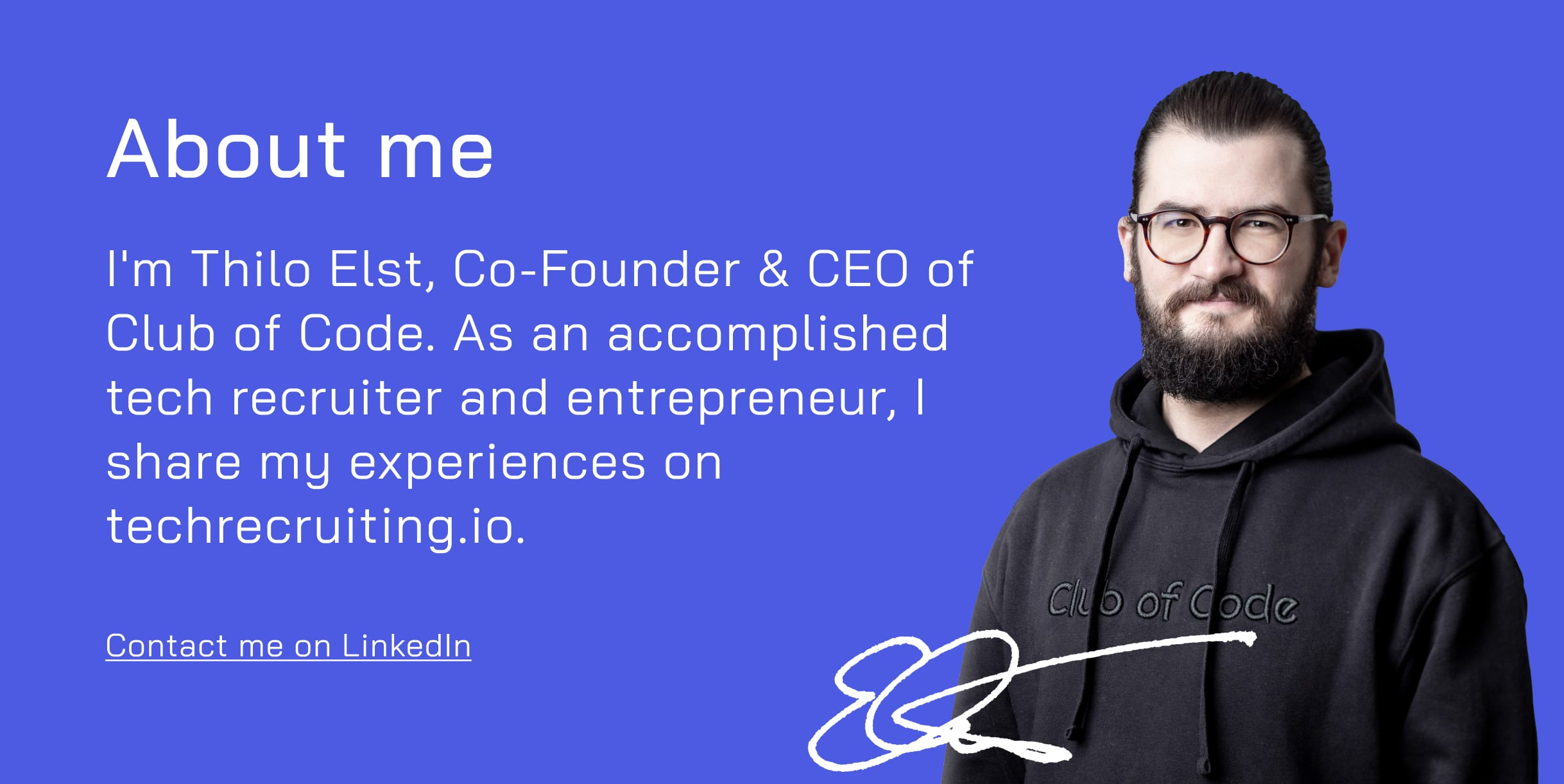
FAQ
What does a Hiring Manager do?
A hiring manager is usually a manager from the department in which a new employee is to be hired. They therefore assume responsibility for hiring the new employee from the perspective of the department and work together with the recruiting department.


